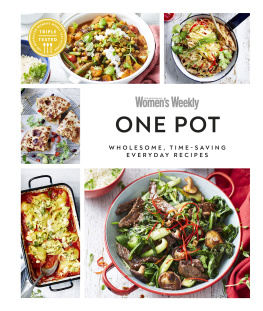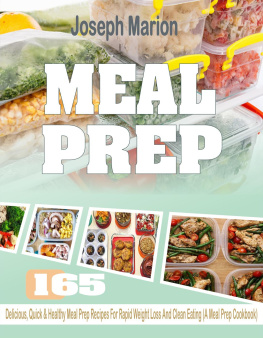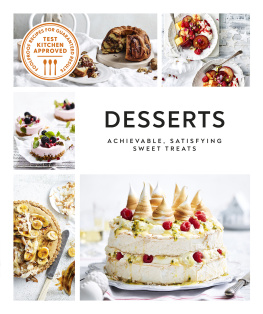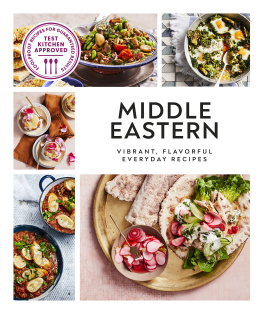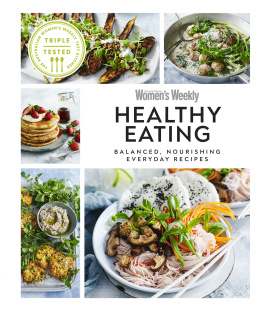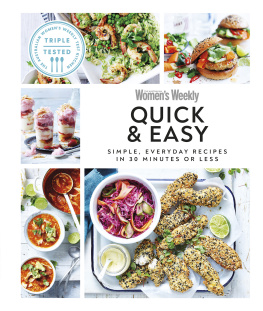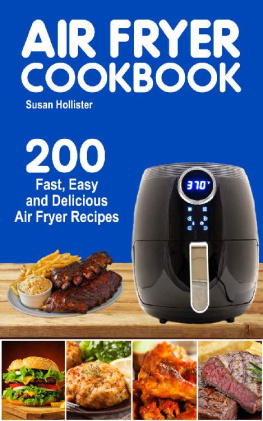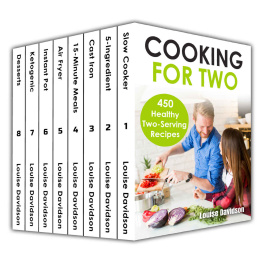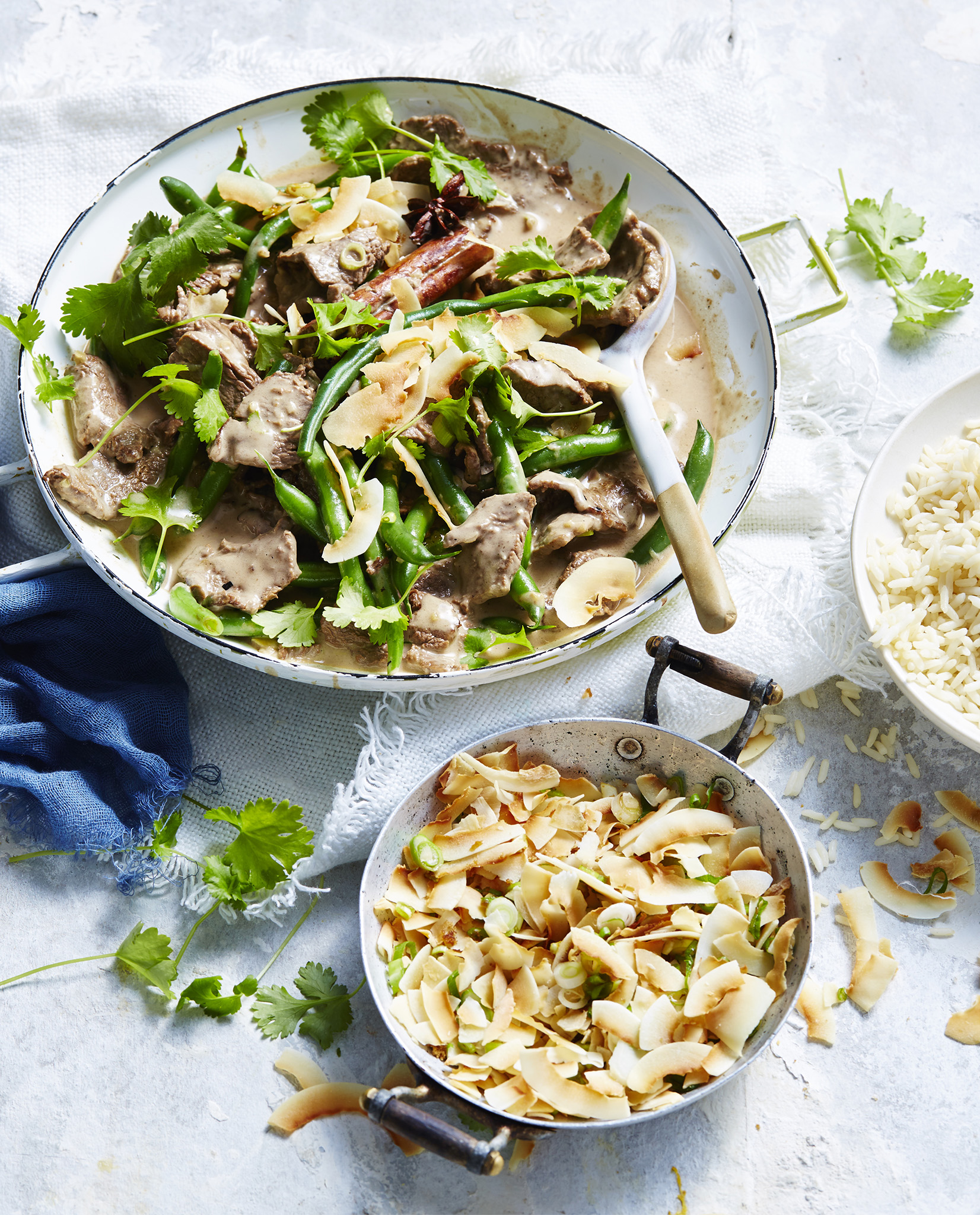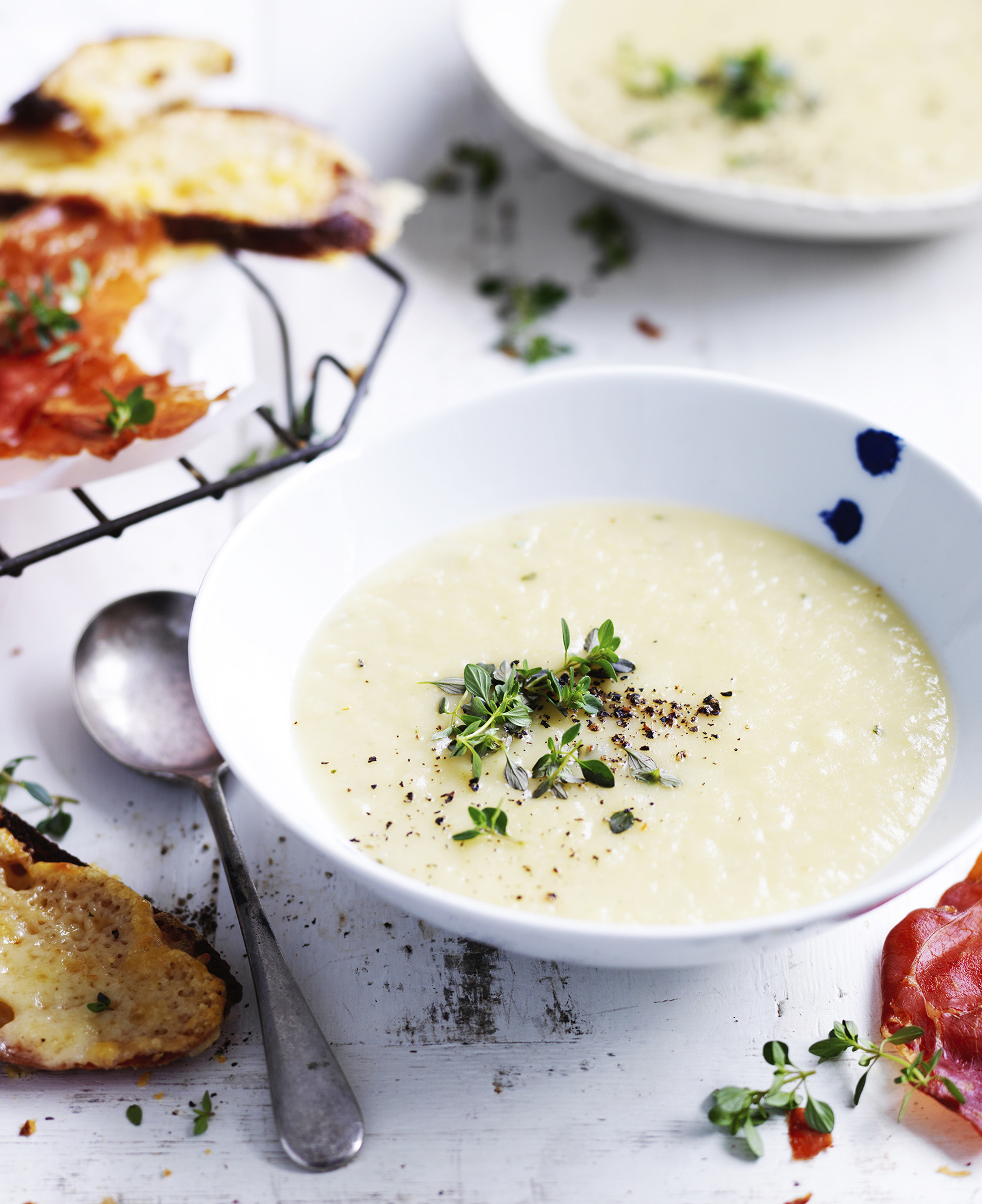One-pot cooking
You only need one piece of equipment to whip up these brilliant one-pot dishes, guaranteed to satisfy the entire family. So break out your saucepan, frying pan, wok, or baking dish.
Saucepans
The ideal saucepan has sturdy sides as well as a heavy, thick base and a tight-fitting lid. Good saucepans are heavy because they have thick bases to hold the heat and spread it evenly. A top-quality saucepan can cook evenly over a low heat, without the food scorching or sticking, for a long period. Judge a saucepan by its weight and the material it is made of. A good saucepan must respond quickly when heat is increased or decreased, and this depends on whether it is made of material that is a good conductor or a poor one. Different metals, or combinations of metals, of which saucepans are made, have a great effect on how they perform. So too does the size.
Saucepans are designed to hold a much deeper mass of food than frying pans, and cook the food by surrounding it with even, moist heat. Tall saucepans conserve moisture, so they are well-suited to long, slow cooking. Wide saucepans, especially those with slightly outward-sloping sides, are easy to see into and their bases are wide enough to brown food properly. Wide saucepans, rather than tall ones are also better suited for reducing or simmering a sauce, as the large surface of the base helps evaporation.
Frying pans
The first thing to look for in a frying pan is not how it looks, but how it feels in your hand. A medium-sized frying pan (2022cm across the base) is the most useful. If you need greater capacity, a second medium pan provides more versatility and easier handling than having just one very large pan. Check the base is cast (shaped in a mould in one piece) and ground flat so that it never warps. It must be thick so that it will take up and hold the heat.
In order to perform well, a pan must be made of material that is a good conductor that transmits heat evenly to the whole cooking surface, and responds quickly when the heat is turned up or down. The handle should feel comfortable to your hand and well-balanced with the weight of the frying pan. Riveted or welded-on handles are better. A handle that can go into the oven makes a frying pan more useful. A lid is also useful because browning is often only the first step in a recipe, to be followed by covered cooking. Both the handle and lid knob should stay cool enough to pick up without a pot-holder during stovetop cooking (though remember that they will get too hot to handle in the oven without the protection of a cloth).
Many frying pans are available with non-stick coatings, but these reduce conductivity and so the pans ability to brown well. These finishes dont usually last well; they get worn and scratched during the speedy action that frying calls for, and suffer from exposure to high heat. While some manufacturers recommend using moderate temperatures only, high heat is needed to sear meats and vegetables to a delicious brown crustiness on the outside without overcooking the interior.
Woks
The wok evolved over the centuries as the most efficient design for cooking over flames. Stir-frying, the technique used most often in wok-cooking, remains the perfect way to cook over a very high heat in a very short time. Stir-frying works better on gas burners than on electric ones, because gas flames surround the wok with the intense heat needed for short cooking times. Some woks have flat bottoms, which make the wok stand straight on an electric or ceramic burner without support, but this defeats the purpose of the classic design, which is to concentrate intense heat at the centre. Some have non-stick linings, which are not suitable for cooking on high heat, and electric woks dont get hot enough. Choose a wok made from carbon steel rather than stainless steel or aluminium. Cooks often prefer a cast-iron wok for stir-frying on an electric stove because it holds the heat better than carbon-steel.
Baking dishes
There are many ovenproof baking dishes in various shapes and sizes, from souffl dishes and pie dishes to casseroles and gratin dishes. Here, we are talking about the shallow oven dishes you reach for when you want to make lasagne, moussaka, bread and butter pudding, or to bake stuffed apples, tomatoes, or capsicums (peppers).
Good baking dishes are deep enough to accommodate the layers of a lasagne, while their large surface areas encourage evaporation, so the finished dish will be moist but not wet, and delicately golden on top. Consider the quantities you will be cooking when choosing an ovenproof baking dish. A good baking dish should feel heavy for its size because it is made from metal thick enough to resist warping and hot spots. Plain aluminium, or, even better, because it is stronger, an aluminium alloy, are the choices of many chefs. These pans are heavy enough, but not too heavy, and perform better on top of the stove than stainless-steel pans, which look smarter but cant match aluminiums superb conductivity. Ceramic ovenproof dishes work equally well, especially when roasting tomato-based dishes. Baking dishes are also available in enamelled cast iron, which has the advantage over the other materials for being dishwasher safe. These dishes are also suitable for serving food such as a lasagne at the table. A baking dish that can also be used on a stove is especially helpful.
g
Saucepan
You can create a wonderful array of dishes using just one pot, from warming curries and stews to noodle soups, tagines, and elegant seafood bowls.
Saucepan | CONTENTS
g
Creamy potato and leek soup
prep + cook time 30 minutes | serves
This soup is brimming with flavour and makes a perfect warming starter or lunch on a chilly day. Cheese and prosciutto toasts served alongside take this soup course to another level. Comfort food at its finest.
1 tsp extra virgin olive oil
1 garlic clove, coarsely chopped
1 small leek (200g), white part only, coarsely chopped
1 trimmed celery stalk (100g), coarsely chopped
2 medium potatoes (400g), diced into 1cm pieces
1 tbsp fresh lemon thyme leaves
3 cups (750ml) chicken or vegetable stock
13 cup (80ml) pouring (single) cream

